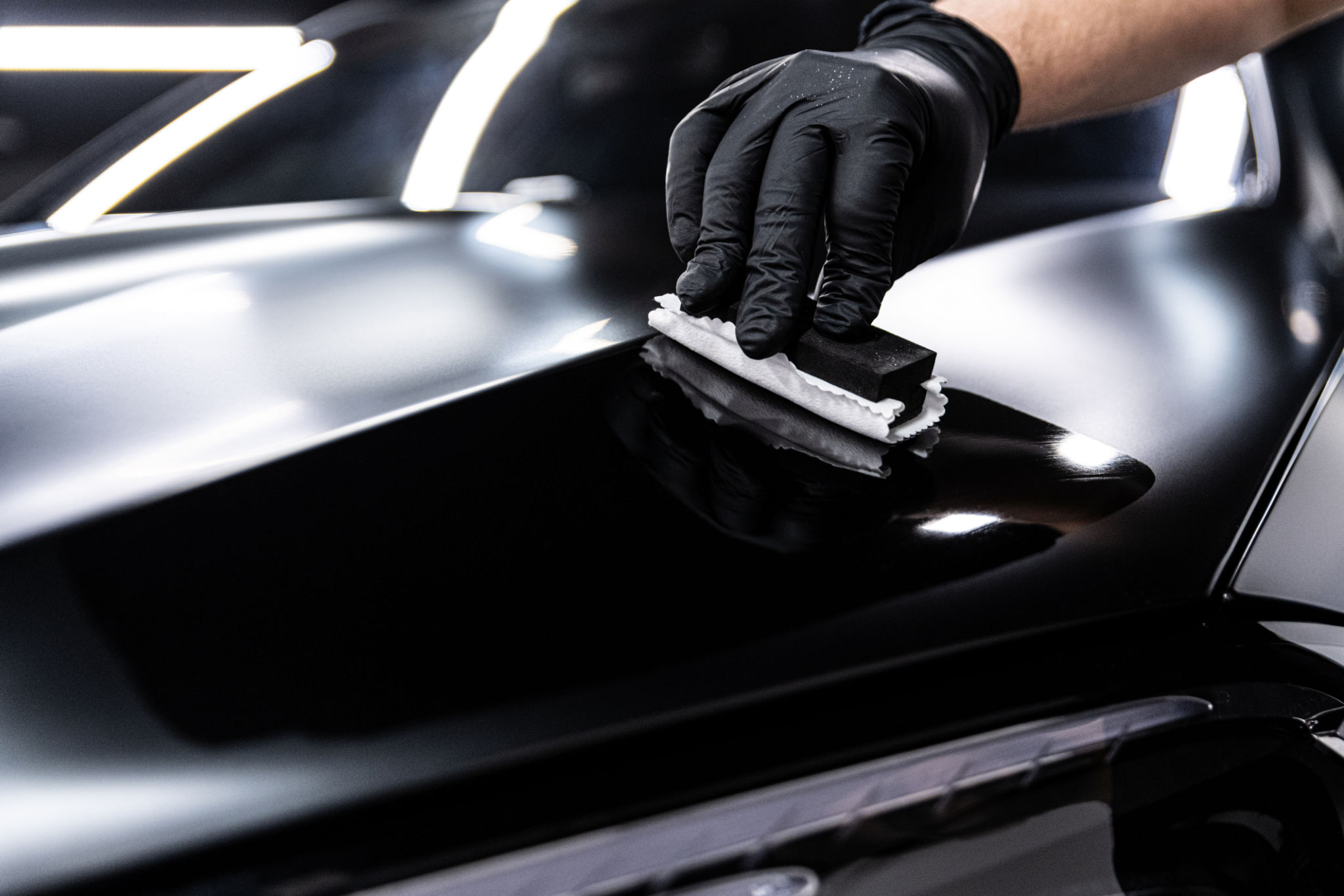Comprehensive Guide to Vehicle Transport Safety
EO
Understanding Vehicle Transport Safety
When it comes to vehicle transport, ensuring the safety of your vehicle is a top priority. Whether you are moving across the country or just a few miles away, understanding the fundamentals of vehicle transport safety can help you make informed decisions. This guide will walk you through essential safety measures and what to expect from professional transport services.

Choosing a Reputable Transport Company
The first step in ensuring vehicle transport safety is selecting a reputable transport company. Look for companies with positive reviews, proper licensing, and insurance coverage. A trustworthy company will provide you with peace of mind and reliable service.
Key factors to consider:
- Company reviews and testimonials
- Licensing and certifications
- Insurance coverage details
Understanding Different Transport Options
There are various transport options available, each offering different levels of protection for your vehicle. The two most common methods are open transport and enclosed transport. Understanding the differences can help you choose the right option for your needs.
Open Transport: This method is cost-effective but exposes your vehicle to weather elements.
Enclosed Transport: Offers more protection by shielding your vehicle from the elements, ideal for luxury or classic cars.

Preparing Your Vehicle for Transport
Properly preparing your vehicle for transport is crucial to ensure its safety during transit. Here are some steps you should take:
- Clean your vehicle inside and out to inspect for any pre-existing damage.
- Disable alarms and remove personal belongings.
- Document the vehicle's condition with photos.
- Ensure the fuel tank is less than a quarter full.
Understanding Insurance Coverage
Insurance is a critical aspect of vehicle transport safety. Ensure that the transport company offers adequate insurance coverage for any potential damages. Ask for a copy of their insurance policy and understand what is covered.

If additional coverage is needed, consider purchasing supplementary insurance for added protection. This step ensures that you're fully covered in case of unforeseen incidents.
During and After Transport
Once your vehicle is in transit, stay in contact with the transport company for updates. Reliable companies will provide tracking information and regular status updates.
Upon delivery, thoroughly inspect your vehicle to ensure it is in the same condition as when it was picked up. Use the photos taken beforehand to compare any potential discrepancies.
Conclusion
Understanding and prioritizing vehicle transport safety is essential for a successful relocation experience. By choosing a reputable transport company, preparing your vehicle adequately, and ensuring proper insurance coverage, you can ensure your vehicle arrives safely at its destination.